

Discover more from Back Row
The Age of Inconspicuous Consumption Has Arrived
Why wear a regular flannel if you can afford a $6,800 designer leather shirt made to look just like one?
Thank you for subscribing to Back Row. This newsletter is made possible by paying readers. For $5 a month or $50 annually, paid subscribers get around two Back Row posts per week plus access to commenting and the complete archive, including the wildly popular “Retail Confessions” series. Join today and support a business model for fashion journalism that allows this newsletter to work just for YOU and not brands with ad dollars.
The other day I opened Instagram and watched Kim Kardashian wash her face, then then apply six creams and serums. The result was that… there was no result. The after was virtually the same as the before except she looked… shinier.
This is the same woman who used to be known for the opposite of dabbing on serums — contouring. Take yourself back to the height of the Instagram influencer, specifically the year 2016. That February, makeup artist Mario Dedivanovic had posted an Instagram of Kardashian’s then 2-year-old daughter North West with pre-blended contouring makeup on her face. Vogue.com wrote at the time, “We imagine that Kim Kardashian West spends her mornings in a similar pre-blended state, clearly making an impact on the impressionable North.” That June, Kardashain launched her KKW beauty line with a contouring kit, and E! Online published a story titled, “13 Times Kim Kardashian West Killed the Contour Game.”
Her beauty product line went on to include highlighters and glosses, which she promoted with this photo:
Kim is not the only one going the anti-glitter route with her recent beauty promotions. I have also recently watched Rihanna apply Fenty lip balm, a Goop staffer named Chase simply exfoliate his face, and Scarlett Johansson apply clear oil to her skin as she was getting ready to go out to dinner.
This content is surfacing because it engages people, and I don’t think it engages people just because it involves celebrity products. Something has changed this decade. Contouring tutorial videos have been replaced by footage of celebrities squirting clear jellies into their palms. The conspicuous is being replaced by the inconspicuous.
This isn’t just happening with beauty lines. This is happening in fashion, too. Vogue promoted the “anti-It bag” in a December story that explained “the anonymous luxury bag is seductive with its unpretentious attention to quality.” Bottega Veneta is making leather pants that look not like leather pants but regular loose-fitting jeans. Burberry’s new “creative direction” under Daniel Lee features people who look like they’re just having a normal day in London wearing trench coats. This studied nonchalance emanates from luxury fashion typefaces as well: Business of Fashion noted that the new logo released under Lee “features elongated, subtly curved letters in contrast with the blocky sans-serif logo” that had come out under previous creative director Riccardo Tisci. Out with blocky, in with subtle!
Meanwhile, Gucci just replaced beloved maximalist Alessandro Michele with former Valentino designer Sabato de Sarno. While we wait to see what he’ll do with the clothes, it seems reasonable to expect something that goes with Gucci’s recent celebrity campaigns, like the luggage one featuring Ryan Gosling in a relatively plain tan suit and the “Jackie 1961” bag one featuring Dakota Johnson. The commercial seems to position the purse as the perfect companion to a normal, albeit yuppy-ish, city dweller’s life — we see Johnson leaving a yoga class with a giant plastic water bottle, grocery shopping, and buying a frappuccino from a drive-through.
This is a contrast from Gucci’s 2022 gift campaign featuring models wearing statement blush and sparkly hair accessories riding what I can only describe as a fashion Polar Express to some sort of glamorous nowhere.
The inconspicuous reigns at other houses, too. Maria Grazia Chiuri continues annoying fashion followers who want more Galliano-esque maximalism from her Dior shows with simple (and perfectly lovely, in my mind) couture for wealthy women to wear to tea instead of a for pop star to wear to perform a concert. This is how she described her last couture collection to Vogue: “More clean, less volume, more my attitude.”
As we get further into this decade, the trends of the 2020s are becoming more recognizable. One is shaping up to be this kind of inconspicuous consumption that says “taste” instead of “tacky.” It’s the rich woman wearing Dior couture that doesn’t scream at you or Bottega’s $6,800 leather pants and shirts that cost the same that you’d mistake for jeans and flannel. It’s carrying an expensive bag that isn’t an “It.” It’s a celebrity like Brad Pitt launching a cashmere line that includes plain olive green button down shirts that you’d never know are 100 percent cashmere with a price of $1,980 just by looking at them.
You can even see this look in Vogue’s recent cover with Erykah Badu, which is gorgeously natural and simple — just HER instead of her AND a dress or her AND a bird.
The trend toward the inconspicuous has been building since before Beyoncé touted Telfar and called her Birkins “shits in storage” on her Renaissance album. It was certainly foreshadowed by long-building fanaticism for The Row. The pandemic and social justice movement that began this decade exacerbated many people’s awareness of income inequality and the ways our economic system is stacked against so many, and though the mask mandates have fallen away, that realization has not. For the first time in my life, a large segment of the population now views things like private jets as a scourge instead of a fantasy. Closetfuls of Birkins are just as likely to be seen as the excesses of late-stage capitalism as they are just #goals. Meanwhile, I can’t open TikTok without a “de-influencer” telling me not to buy a Dyson hair dryer. (Many of you have surely gathered by now that “de-influencing” is when people tell you what NOT to buy instead of what TO buy, however they often just suggest a replacement product so it’s really just the same as regular influencing.)
The inconspicuous consumption movement makes sense right now for other reasons. It’s a refreshing change of course after a decade defined by the classic “look at my outfit/makeup/stuff” Instagram influencer. Now, people are seeking out experts instead of eye candy (the best fashion and beauty influencers — the ones who have had real longevity — have long offered both).
This is not to say that tackiness is dead. A pocket of the culture will always be tacky — should always be tacky. One of the most enjoyable shows at New York Fashion Week was Area, which dressed models in hot pink bananas and glittery watermelons.
Earlier in Back Row: 17 Things That Happened at New York Fashion Week
However, much of that tackiness is being replaced by what some would call tastefulness, which is what Sean Monahan, who coined the “vibe shift,” told me would happen in an interview late last year. Hence the other two shows that have left fashion people feeling smugly satiated this season are Tory Burch and Khaite. Tory Burch was recently profiled in the New York Times because her runway collections have moved away from her preppy roots in flats with metallic logos. “Less private-school parent goes to a garden party; more sensual city denizen goes for drinks at the Odeon,” is how the paper put it. They may as well have been describing Johnson’s Gucci commercial.
Earlier in Back Row: The 'Vibe Shift' Is Here. 2022 Was Just Beginning.
Khaite managed to show two pairs of wide-legged shearling pants and earn reviews that praised (and fairly!) the brand’s refined minimalism. “Stripped-down tailoring is one of New York’s emerging themes — serious, even austere clothes for cautionary times. The frills and embellishments of last season’s Khaite show were missing here,” said Vogue. Meanwhile, WWD credited Khaite designer Cate Holstein with “pick[ing] up on fashion’s new minimalism moment.”
That review also called out Khaite’s “perennially wait-listed $12,000 Ada shearling coats.” This is fitting because the inconspicuous consumption trend isn’t just about minimalism or austerity. It’s also about consumerism. All of us are very much being encouraged to buy stuff, and the minimalist variety might just be what we don’t have a lot of right now. Plus, the rich are still rich and getting richer. A report from nonprofit Oxfam released last month revealed that the richest one percent of the population got nearly two-thirds of the $42 trillion in new wealth created since 2020. While $26 trillion went to the top one percent, just $16 trillion went to the other 99 percent. This helps explain why luxury brands can keep raising prices particularly on things like daytime pants or any of the other inconspicuous new ways to experience luxury. And the richest one percent may want to invest in them given that they may have spent the previous decade acquiring Gucci loafers and “It” bags and other blatantly designer stuff, the kind that boldly distinguished them in a system many view as distasteful and unfair.
And for the rest of us, well, there’s always face serum.
You made it to the end of this issue! You must have liked something here. Become a paying subscriber to support Back Row and reader-funded fashion and culture journalism.





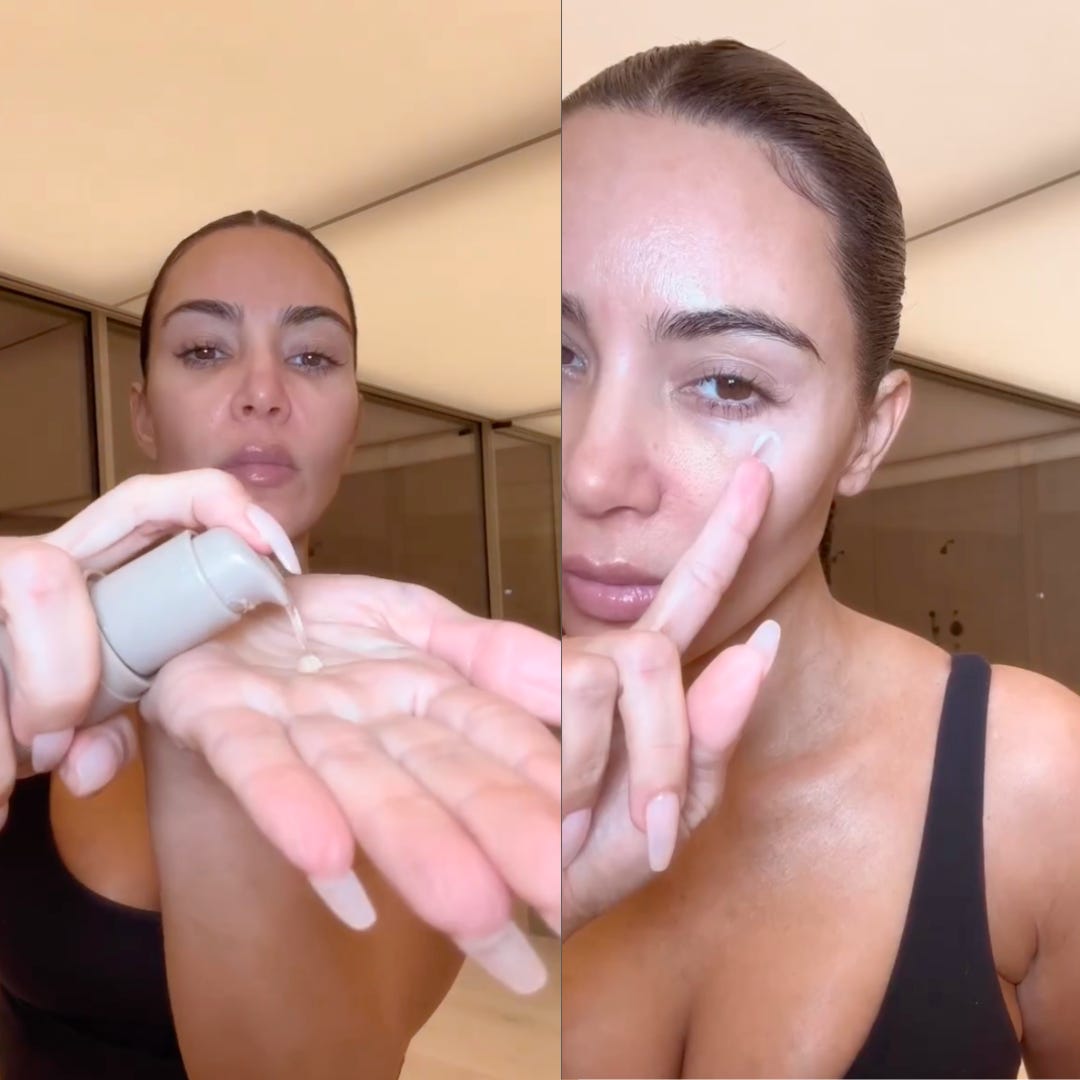

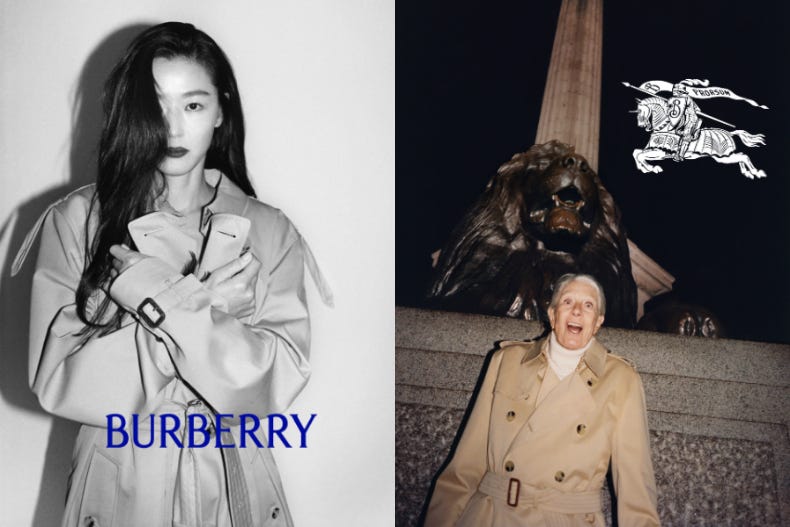

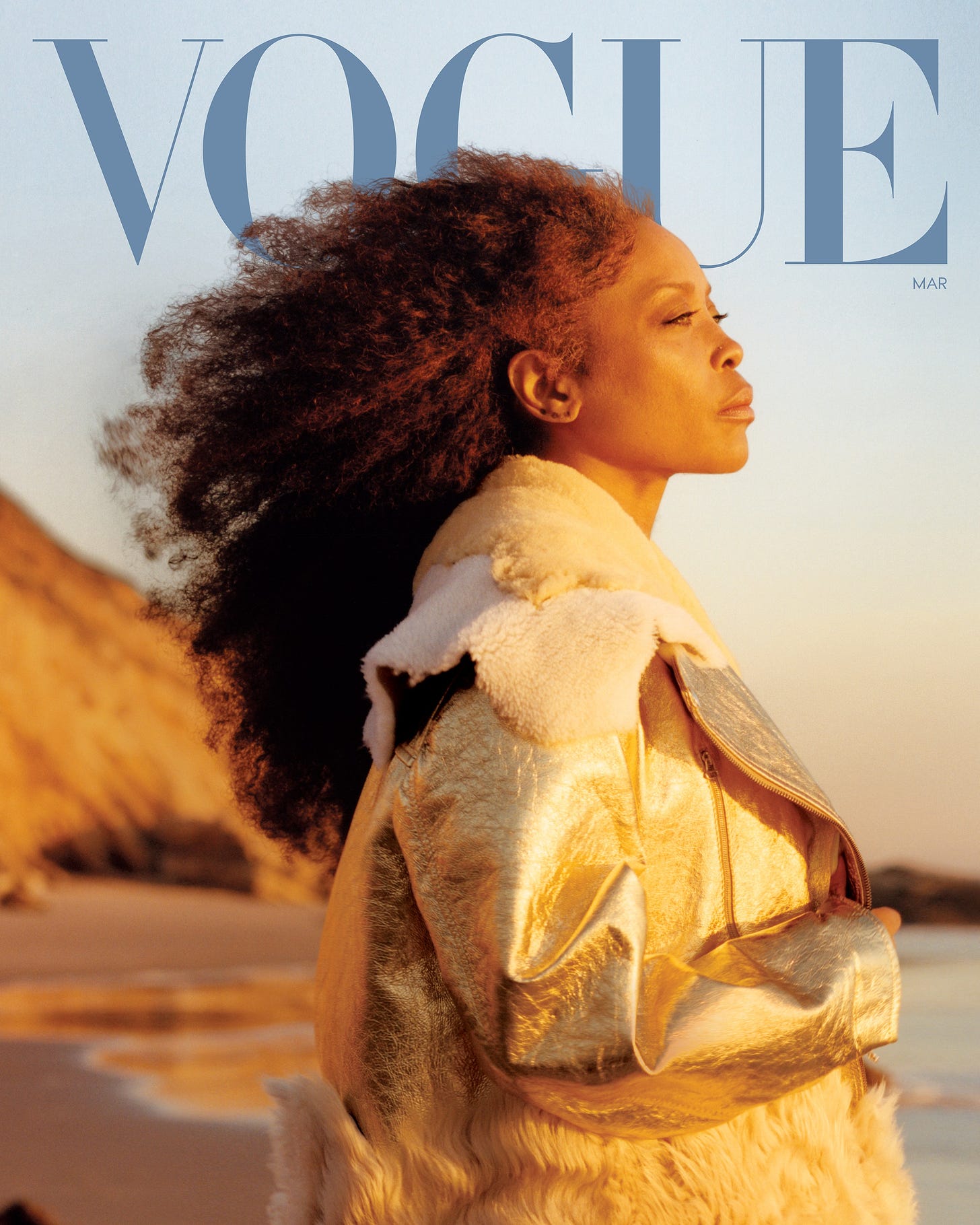

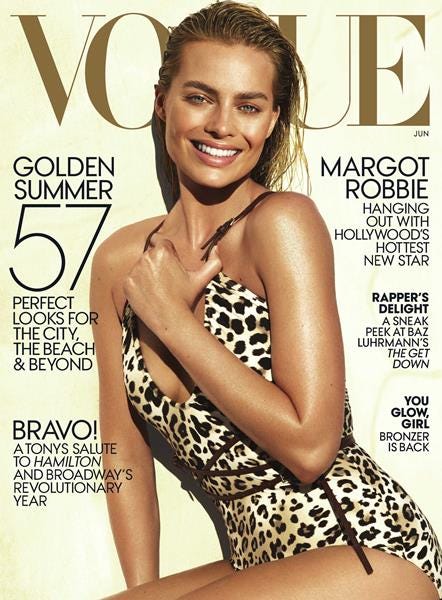
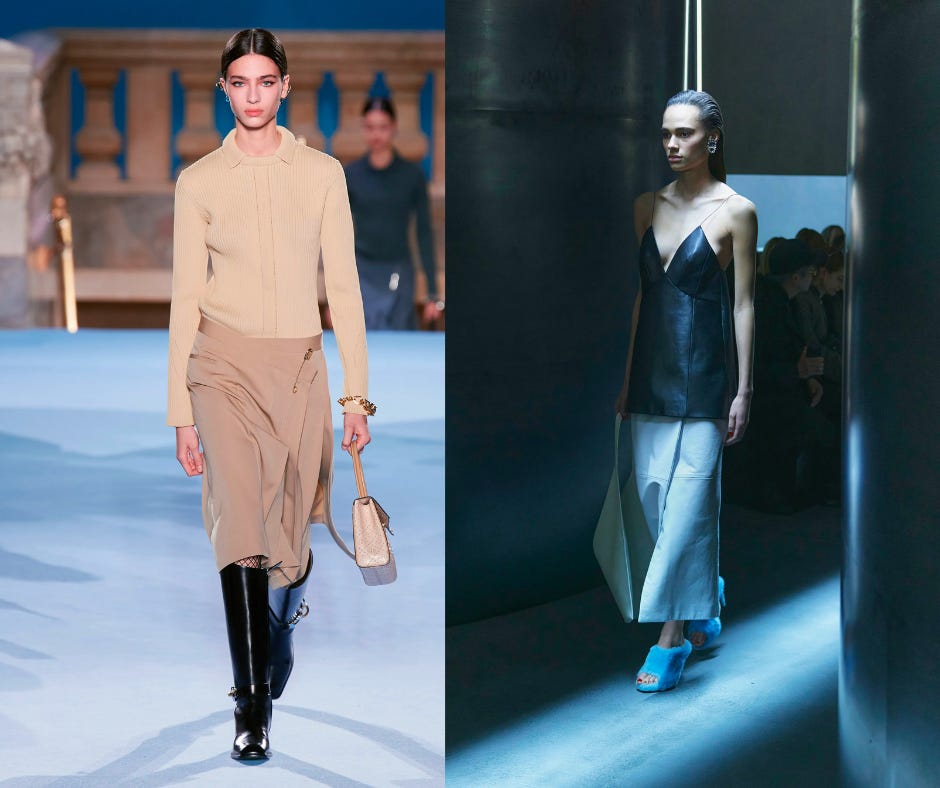
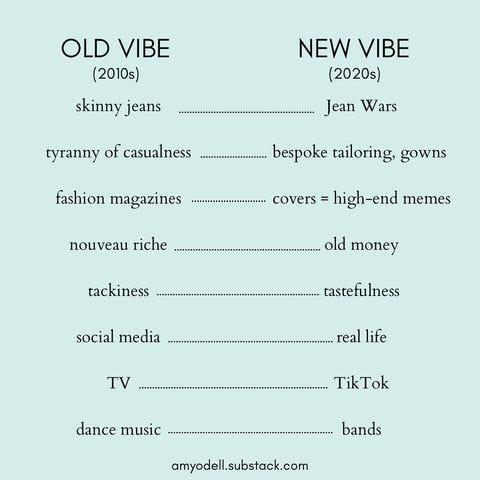





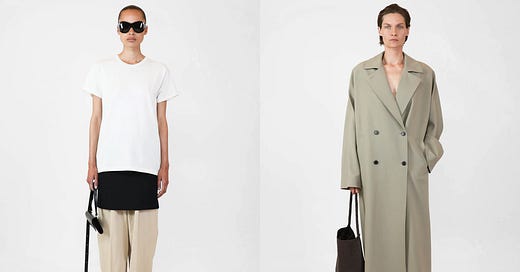

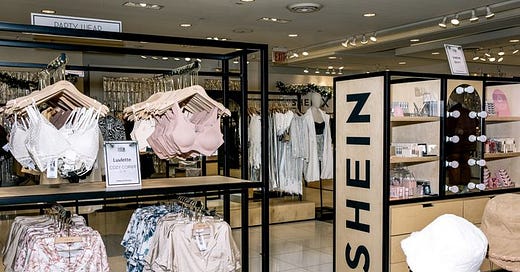



Interesting points all around. At the same time, I’ve noticed that home decor seems to be moving in a more maximalist direction, right? Kim is going to have to start “contouring” her beige hallways!
Great article as always! This made me think about the costume choices for Succession, especially for Shiv. I am rewatching it right now and you never see her character in anything that has any type of brand recognition. And I look. It is the definition of inconspicuous consumption, because you know that everything she owns has to be incredibly expensive, because of who she is. But, since you can never point to a single item and be like 'that is Gucci' or 'that is Chanel', you can never know exactly HOW expensive. Nearly every member of the Roy family dresses similarly. It gives the sense of a level of wealth that is so secure in their privilege, they have no need to prove it to anyone.